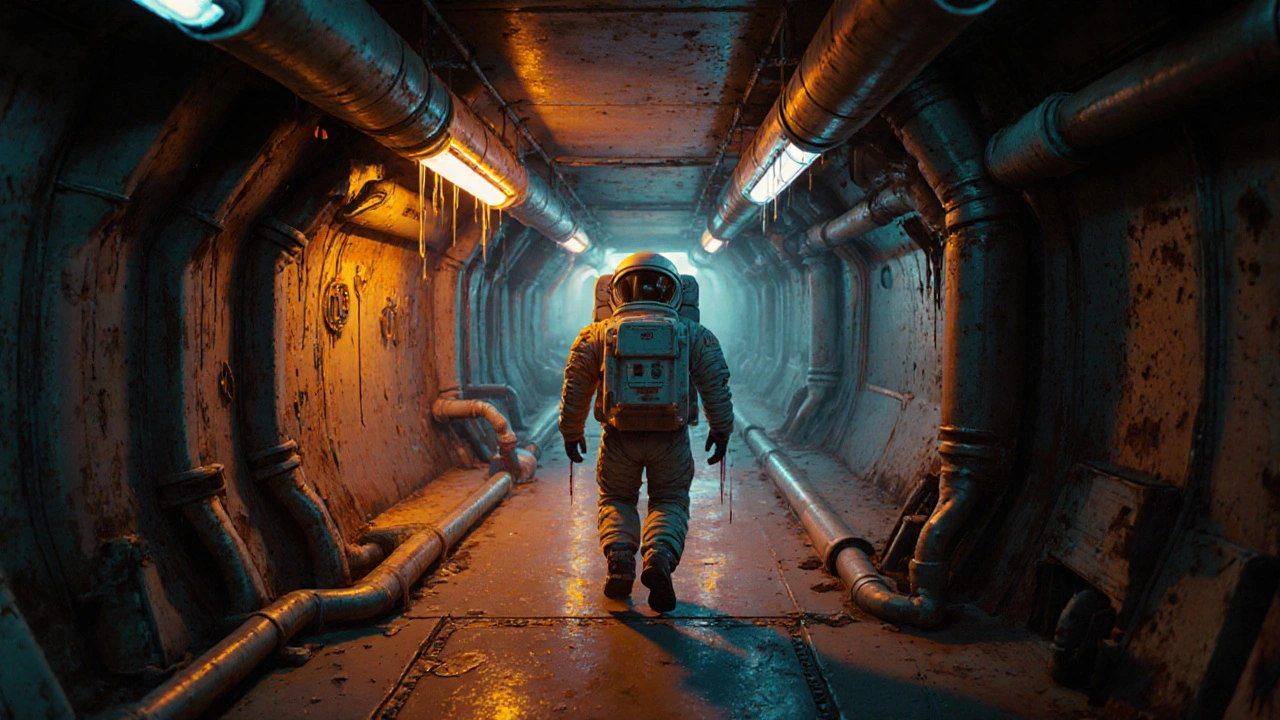Production Design in Film: How Sets, Props, and Spaces Tell Stories
When you watch a film, the world you see doesn’t just appear—it’s built. Production design, the art of creating the physical world of a film through sets, locations, props, and visual style. Also known as art direction, it’s the silent narrator that tells you where you are, who these people are, and what kind of story you’re about to live. A cluttered kitchen in a indie drama isn’t just messy—it’s a portrait of neglect. A neon-lit alley in a noir thriller isn’t just a backdrop—it’s a mood. Production design doesn’t decorate scenes; it defines them.
It’s not just about what’s on screen—it’s about what’s implied. A cracked porcelain cup on a table in a post-apocalyptic film says more than any line of dialogue could. Film sets, the constructed environments where scenes are shot, are carefully planned to support character and theme. Movie props, objects handled or used by characters to ground the story in reality become emotional anchors—a child’s toy left behind, a rusted keychain, a faded photograph. Even costume design, how clothing reflects a character’s identity, status, or change over time ties into production design. A character’s worn-out jacket isn’t just clothing; it’s part of the world’s texture.
Great production design doesn’t shout. It whispers. It’s in the way light falls through a dusty window in a forgotten apartment, or how the color of a hallway shifts as a character’s mood changes. Indie filmmakers know this best—they often work with tight budgets, but they use every detail to build meaning. You’ll find it in the hand-painted signs of a small-town diner in a low-budget drama, or the carefully chosen thrift-store furniture that tells a story of loss in a character’s home. These aren’t random choices. They’re decisions made by artists who understand that the space around a character is just as important as the character themselves.
What you’ll find in this collection are posts that dig into how these invisible forces shape your experience. From how a single room can carry the weight of a whole film’s emotion, to how color palettes guide your subconscious, to why some movies feel real even when they’re completely fictional—you’ll see how production design isn’t just about looking good. It’s about making you believe.
Ridley Scott’s films aren’t just stories - they’re immersive worlds built with practical sets, real light, and obsessive detail. From Alien to Napoleon, his design mastery redefined cinema.
View More

